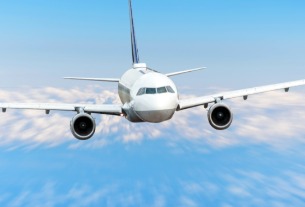Air passenger traffic totaled 549 million in 2017. Domestic passenger traffic was massive, while traffic on international routes accounted for only 11%. Chinese low-cost carriers (LCCs) contributed little, making up only 7-8% of the domestic market, which was underserved.
Currently, China hosts 10 LCCs with an overall fleet of 320 aircraft, 10 percent of the national total. The largest carriers are Spring Airlines and Beijing Capital Airlines.
Industry analysts suggest that China needs to strengthen aviation supply-side structural reform. Developing low-cost aviation in the central and western regions to promote the reform becomes a priority. In these vast regions, there are few airports. The route network is imperfect, especially in the remote areas of the west, and economic development is lagging. Although there are fewer airports in the eastern region, they handle most of the traffic.
Low-cost carriers’ daily aircraft utilization rate averages 11-12 hours, which is 20% higher than legacy airlines and highlights the level of demand.
The Chinese government is investing heavily in dozens of new regional airports across the country as many small and medium-size cities are more suitable for developing low-cost airlines. Introducing the LCCs to these new airports can increase their efficiency.
Read Original Article




